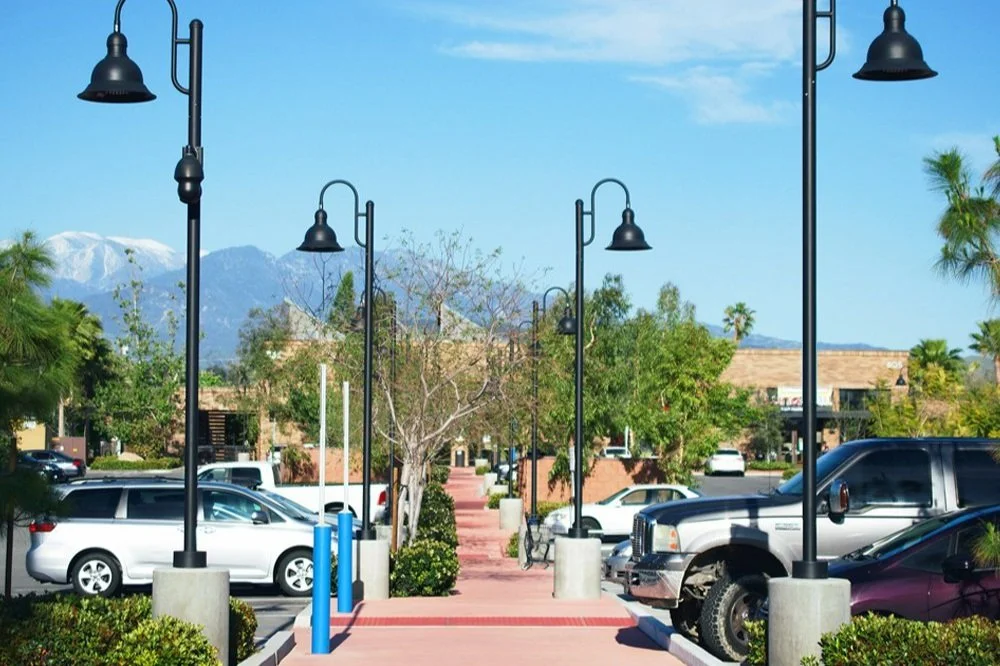All-Wood Construction: Is This a Key Construction Tool for Sustainable Building?
If you are in the process of constructing a brand-new residential or commercial building, you may be wondering what you can do to ensure a sustainable approach is taken from start to finish. In addition to smart buildings, sustainable building practices have become emphasized. In the past couple of years, however, all-wood construction has emerged as one of the latest and greatest construction trends and, as a result, has also been heralded as a key construction tool for sustainable building. To find out everything you need to know, continue reading.
image © unsplash
It Is Renewable
If you are considering taking an all-wood approach to any upcoming construction plans you may have, it may benefit you to know that it is a natural energy source and, as a result, is highly renewable. This means that it has less environmental impact than a number of alternative materials, such as plastic, and is one of the most readily-available materials on the market with supplies unlikely to ever completely diminish. If you have only recently relocated to a brand-new property or are looking to add value to your home for years to come, for example, all-wood construction is a great option.
It Can Be Waterproof
It may not necessarily be your first choice if you are on the hunt for a waterproof material but thanks to a number of emerging technological advancements, wood can be waterproof. This can be done by applying a special treatment or finish to completed wood flooring or installing water resistant laminate flooring in the first place with
waterproof laminate floors, in particular, a great way to incorporate an all-wood approach with a number of added benefits. In addition to being waterproof, wood can also absorb carbon dioxide from the atmosphere which succeeds in further lowering its carbon footprint.
It Can Retain Heat
If you are struggling with excess heat loss in your home, taking an all-wood approach to your upcoming construction plans can allow you to spend less on your heating bills with wood excellent at retaining heat on a rolling basis. This is largely due to the cellular make-up of wood which, essentially, makes it a better conductor of heat than a number of alternative materials, such as plastic and ceramic, and can warm up the entire home in a fraction of the time. If a home requires less energy to heat it from top to bottom, it somewhat naturally becomes more sustainable and, therefore, kinder to the environment.
It is Biodegradable
In the wider construction world, wood is one of the few materials that are completely biodegradable. This means, in the very simplest of terms, that little to no waste is produced during the construction process of wood regardless of whether flooring, windows, or doors are being made. In stark difference to a number of alternative materials, any offcuts or by-products tend to be reused into chipboard to generate renewable heat and energy with any excess waste eventually decomposed over time and broken down before being repurposed back into the environment.
If you are considering taking an all-wood approach to your upcoming construction project, it may benefit you to familiarise yourself with its contribution to sustainable building. In addition to looking and feeling great, for example, wood can also provide a number of environmentally-friendly advantages for you, your home, and the planet with a natural approach capable of lasting a number of decades if treated to the right degree of upkeep and maintenance over the years. It is, for example, renewable, can be waterproof, can retain heat, and is biodegradable by being decomposed and repurposed back into the environment.
cover image © unsplash







